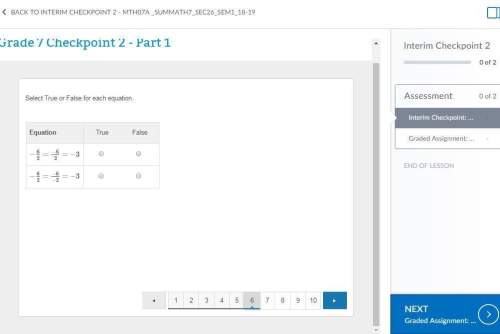
Mathematics, 02.05.2021 21:00 kdawg203
Choose a topic of general interest to you. Instead of conducting a “scientific” survey using sound principals of random selection, use a convenience sample consisting of respondents who are readily available (friends, relatives, other students, etc.). The Conducting a Non-Scientific Survey Document will guide you every step of the way. Please make sure that all areas covered in this document are covered in your submission. The Conducting a Non-Scientific Survey Document provides an example for you to follow, but you may not use this example in your assignment submission. Be sure to come up with your own topic to explore, rather than the example topic provided for you. Survey Document
Analyze and interpret the results.
Identify the population.
Identify the short comings of using a convenience sample.
Try to identify how a sample of subjects randomly selected from the population might be different
This is an example
Conducting a non-scientific survey 1. Pick a mostly neutral topic – something people aren’t going to be riled up about and nothing about which privacy and confidentiality would be big concerns. 2. Come up with some research question or hypothesis that you want to explore. a. Research questions – how many people , what do people prefer in b. Hypotheses – More people will than not . People will prefer to . 3. Pick a small sample of family and friends (15-20 people should do it). Be sure to explain that this is only a class assignment and not “scientific research”. They can be free to give their opinions or make up answers. 4. Write a very small number of questions – 5 or so – and write them as simply and clearly as you can. 5. Collect your data 6. Organize your data into a data set 7. Analyze your data using descriptive statistics like frequencies, percent, Mean, Median, Mode, Standard deviation, range, etc. 8. Summarize your data visually: Create tables or graphs as appropriate. 9. Summarize your data in words. What have you learned or what can you conclude from this data? 10. Reflect: a. What have you learned about survey research in this process? b. What are the pros and cons of conveniences samples? When would a random sample give you better results? c. What have you learned about analyzing and summarizing data?

Answers: 3


Other questions on the subject: Mathematics

Mathematics, 21.06.2019 15:30, makaylahendrix7954
Mary works for a company that ships packages and must measure the size of each box that needs to be shipped. mary measures a box and finds the length is 7 inches, the width is 14 inches, and the height is 15 inches. what is the volume of the box? [type your answer as a number.]
Answers: 1

Mathematics, 21.06.2019 16:00, jeff7259
The scatter plot graph shows the average annual income for a certain profession based on the number of years of experience which of the following is most likely to be the equation of the trend line for this set of data? a. i=5350e +37100 b. i=5350e-37100 c. i=5350e d. e=5350e+37100
Answers: 1

Mathematics, 21.06.2019 16:30, jayjay5246
Translate this phrase into an algebraic expression. 21 more than twice goran's savings use the variable g to represent goran's savings. need to know fast.
Answers: 1

Mathematics, 21.06.2019 20:30, Cheyenne8694
Stacey filled her 1/2 cup of measuring cup seven times to have enough flour for a cake recipe how much flour does the cake recipe calls for
Answers: 2
You know the right answer?
Choose a topic of general interest to you. Instead of conducting a “scientific” survey using sound p...
Questions in other subjects:


Mathematics, 09.09.2020 18:01

English, 09.09.2020 18:01


World Languages, 09.09.2020 18:01



Mathematics, 09.09.2020 18:01

Physics, 09.09.2020 18:01




